
Poison oak can lead to the allergic contagious dermatitis (ACD). It can usually be spotted pretty easily. It appears as a large dense bush or shrub and usually grows in open sunlight or as a vine that is very woody in nature, appearing under shadows.
It is actually very similar to another plant that can cause similar irritations of the skin, poison ivy. The similarity between the two is that they both have three small leaflets located on each of their leaves.
The plant contains an oil that is called urushiol, which is a toxic chemical and leads to the irritation. The toxic matter is found all over the plant, on the leaves, roots and stems.
Direct or indirect contact with the plant can cause allergic reactions and skin irritations, also the inhalation of smoke when the poison oak is burned and the chemical substance is released into the air can also cause problems.
Once the poison is absorbed into the skin, the initial immune reaction begins. It can also be absorbed through the mucous membranes and through the nose or lips even.
Poison ivy and poison oak are the cause of 10 percent of lost work time in the American Forest Service, usually among rangers and people who work outside for the majority of the day.
It is also a very troublesome plant for firefighters in California that often work in the coastal ranges where a lot of poison plants can be found.
However, 15 percent of the general population is immune to poison oak. Nevertheless, a majority of people who come in contact with the toxic plant will see some problems develop as a result.
The toxins in the poison oaks take in between 12 and 72 hours to fully penetrate through the skin. Once the toxic chemicals are absorbed, a person will experience severe itching and redness, along with swelling, on the surface of the skin that was affected by the poison oak.
After the itching and redness, very large blisters will form on the outer layer of the skin.
In many cases the rash can develop anywhere on the body, not just in the spot where the person made contact with the plant.
The best thing to do after noticing the rash is to wash the skin with warm water and soap and to throw all clothes that have been in contact with the poison oak into the hamper for washing.
Showering with cool water will help with the itching, along with anti-itch creams and oatmeal baths or applying baking soda mixtures to the skin.
If the allergic reaction to the toxin is very severe, then the person should go to see the doctor, who will probably prescribe medication and topical ointments and creams that will reduce swelling and itching.




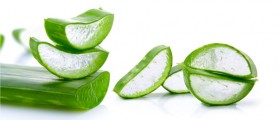

-Causes,-Symptoms-And-Diagnosis_f_280x120.jpg)
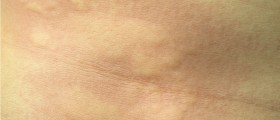
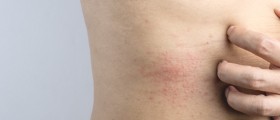


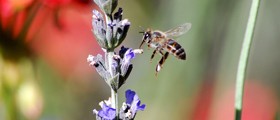




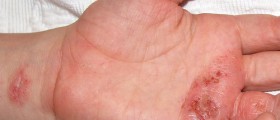
Your thoughts on this
Loading...